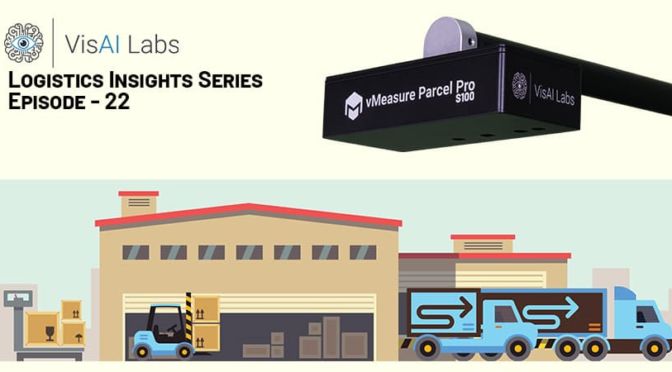What do you think you’ll take away from this episode?
Relevant links:
Podcast Transcript:
There are actions warehouses may take to optimize their outbound logistics process to send finished products to customers on time and according to their requirements.
So let’s understand the top three ways to make the outbound logistics process more smooth.
Number 1: Negotiate the Best Rates with Your Carriers
Everything is open to discussion.
If you operate with third-party carriers, don’t assume the pricing you’ve been offered is the pricing you have to accept.
Establish a rapport with your carrier’s account manager.
Simultaneously, look into possible points of bargaining.
You have the option to negotiate numerous aspects of your shipping contract.
To optimise the shipping rules, it would be best to employ shipment rule automation algorithms.
Number 2: Reduce the cost of your inventory
Inventory management keeps warehousing expenses low.
Keep in mind that the outbound process is all about getting things to customers promptly.
One approach to achieve this is to purchase more products than you need so that you can respond quickly to demand swings.
Number 3: Using Cross-Docking in Your Warehouse
Cross-docking is a method of reducing the amount of time that items spend in your warehouse.
Workers sort inbound items before transferring them to a departing truck as fast as possible.
While cross-docking isn’t suited for every business, it does help companies to use less warehouse space and save material handling.
Cross-docking improves product quality while lowering product returns and improving the consumer experience.
This is Alphonse, Product Manager of VisAI Labs, And that’s the logistics insight for today.








